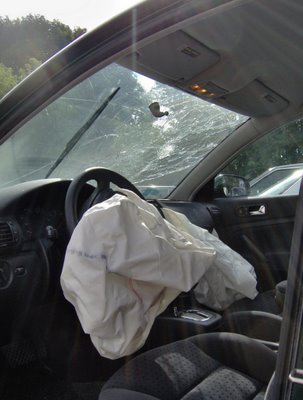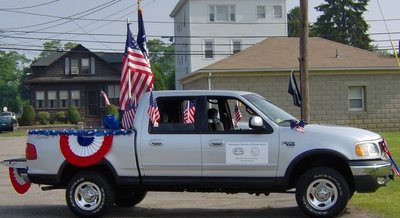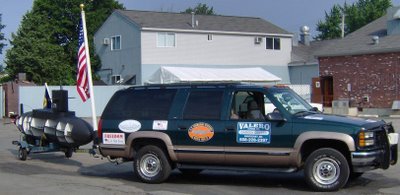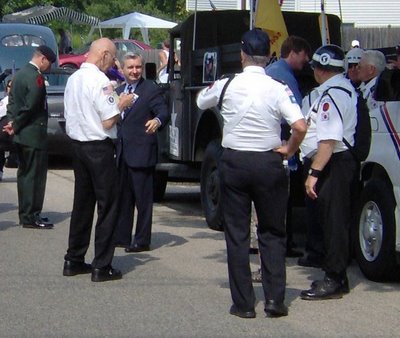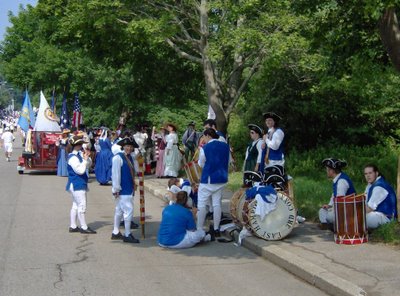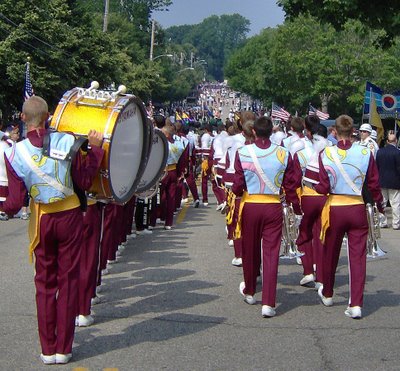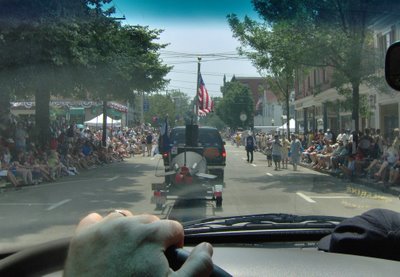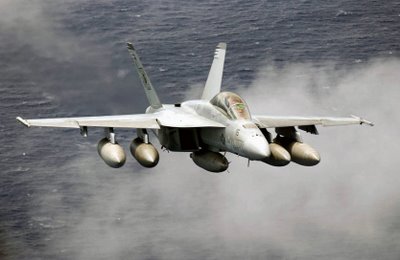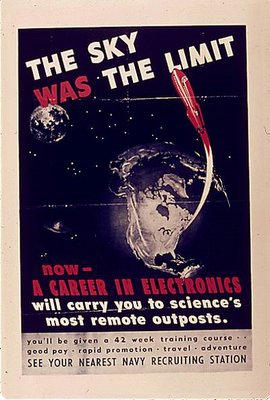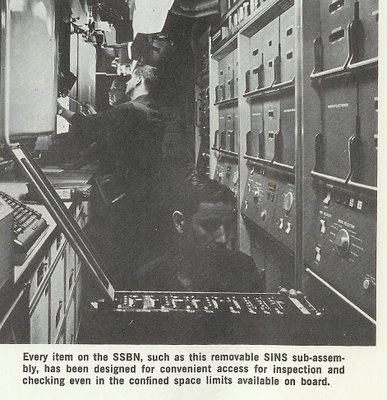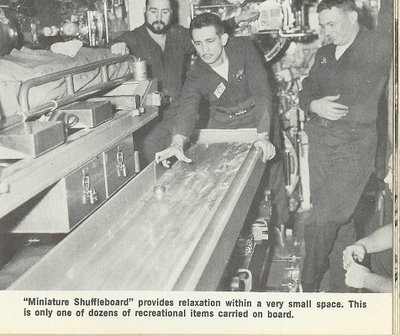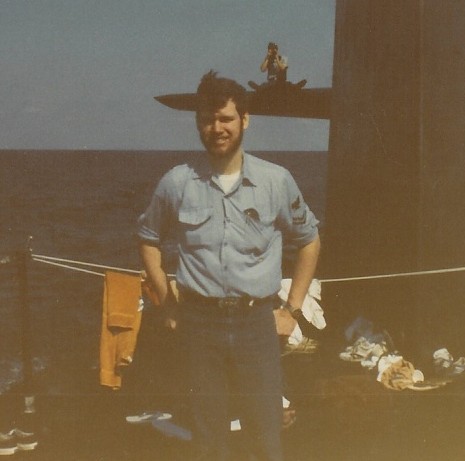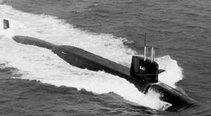From the Boston Globe Doctor's call-up by Army is Halted
The US Army paid $184,000 for Mary Hanna to go to Tufts University School of Medicine for four years, and in exchange she agreed to serve four years of active duty and another four in the reserve after becoming a doctor.
But just before Christmas, as she was nearing the end of her anesthesiology residency at Beth Israel Deaconess Medical Center in Boston, Hanna, 30, of Somerville notified the Army that her religious beliefs were now ``incompatible with military service."
Mary says she rediscovered her religion as a devout Coptic Orthodox Christian and "cannot participate in war in any form.". She is asking to be discharged as a conscientious objector. But the Army is not sending her to Iraq orOf course the Army Reserve Captain and her lawyer say she's willing to pay back the $184,000 government investment in her education. Not that a qualified anesthesiologist in the Boston healthcare market would have much trouble with paying that back in a couple of years.
What I don't understand is how a doctor who took a Hippocratic oath and knew that joining the Army would mean treating injured soldiers in wartime could all of a sudden find both in opposision to her faith at the very moment she get orders to report for duty. Timing seems odd to me.
I think that Ms Hanna needs to take a lesson from the life of another conscientious objector, Desmond Doss, WWII U.S Army Medic and Congressional Metal of Honor recipcient.
Citation: Private First Class, U.S. Army, Medical Detachment, 307th Infantry, 77th Infantry Division. He was a company aid man when the lst Battalion assaulted a jagged escarpment 400 feet high. As our troops gained the summit, a heavy concentration of artillery, mortar and machinegun fire crashed into them, inflicting approximately 75 casualties and driving the others back. Pfc. Doss refused to seek cover and remained in the fire-swept area with the many stricken, carrying them 1 by 1 to the edge of the escarpment and there lowering them on a rope-supported litter down the face of a cliff to friendly hands. On 2 May, he exposed himself to heavy rifle and mortar fire in rescuing a wounded man 200 yards forward of the lines on the same escarpment; and 2 days later he treated 4 men who had been cut down while assaulting a strongly defended cave, advancing through a shower of grenades to within 8 yards of enemy forces in a cave's mouth, where he dressed his comrades' wounds before making 4 separate trips under fire to evacuate them to safety. On 5 May, he unhesitatingly braved enemy shelling and small arms fire to assist an artillery officer. He applied bandages, moved his patient to a spot that offered protection from small arms fire and, while artillery and mortar shells fell close by, painstakingly administered plasma. Later that day, when an American was severely wounded by fire from a cave, Pfc. Doss crawled to him where he had fallen 25 feet from the enemy position, rendered aid, and carried him 100 yards to safety while continually exposed to enemy fire. On 21 May, in a night attack on high ground near Shuri, he remained in exposed territory while the rest of his company took cover, fearlessly risking the chance that he would be mistaken for an infiltrating Japanese and giving aid to the injured until he was himself seriously wounded in the legs by the explosion of a grenade. Rather than call another aid man from cover, he cared for his own injuries and waited 5 hours before litter bearers reached him and started carrying him to cover. The trio was caught in an enemy tank attack and Pfc. Doss, seeing a more critically wounded man nearby, crawled off the litter; and directed the bearers to give their first attention to the other man. Awaiting the litter bearers' return, he was again struck, this time suffering a compound fracture of 1 arm. With magnificent fortitude he bound a rifle stock to his shattered arm as a splint and then crawled 300 yards over rough terrain to the aid station. Through his outstanding bravery and unflinching determination in the face of desperately dangerous conditions Pfc. Doss saved the lives of many soldiers. His name became a symbol throughout the 77th Infantry Division for outstanding gallantry far above and beyond the call of duty.
Desmond Doss was a devout member of the Seventh-Day Adventist Church and refused to kill or carry a gun. Mr. Doss died earlier this year
Read War Hero Without a Gun to understand the true meaning of a conscientious objector and how religious beliefs can be compatible with military service.
Ms Hanna put whatever political beliefs you have aside and look to your faith and medical oath to fill your obligations. In refusing to serve you are waging war against those who protect your freedom to be a conscientious objector.
